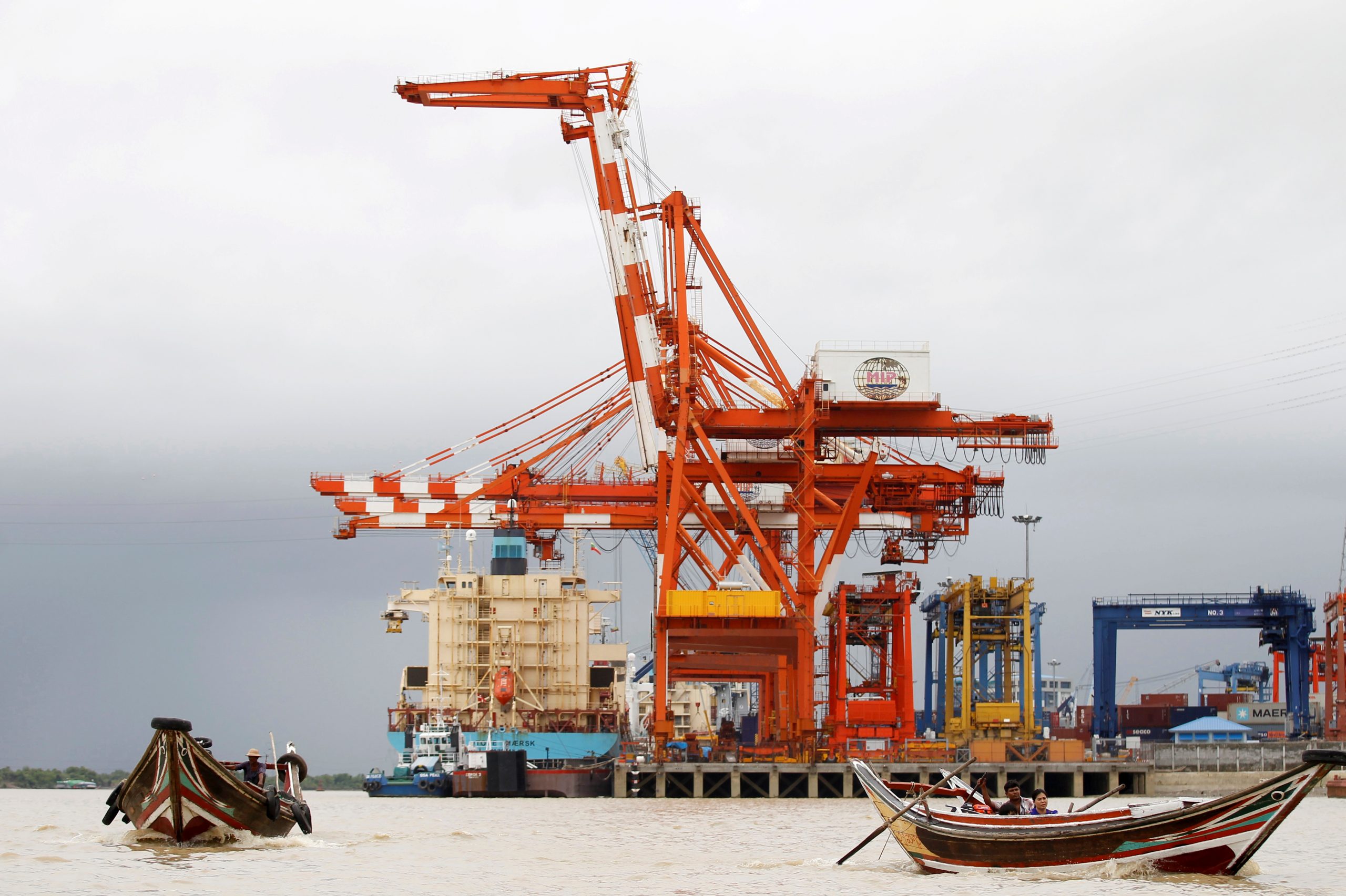Burma’s oil imports are surging to fuel a fast-growing economy and rebuild rotting infrastructure, creating a small but profitable route for ships making a beeline for the emerging Southeast Asian nation from the regional hub of Singapore.
Servicing growth that could top 8 percent this year is a clutch of small tankers ferrying gas oil and diesel from Singapore, 2,000 kilometres (1,260 miles) north to Burma. The country’s sole port, in Rangoon, can only handle small vessels.
Shipping data in Thomson Reuters Eikon shows that around 20 small tankers with a combined capacity of around 220,000 deadweight tons (DWT) are currently shipping refined products into Burma, virtually all from Singapore. That is about twice as many vessels as were on that route around a year ago, according to one shipper.
“Everyone is quite bullish about the Burma market,” said Lim Han, executive director and head of chartering at Singapore’s Hong Lam Marine. The firm, which started oil shipments to Burma from Singapore six months ago, is one of a handful of small, local shippers now plying the route.
After almost 50 years of economic struggle under military dictatorship, Burma is opening up to investors as it tries to reconstruct roads, factories and airports, as well as supply an electricity grid stretched to the breaking point.
Rising use of refined oil products like gas oil or diesel is a leading indicator for economic growth in places like Burma. The fuels are mostly used in power generation, construction and transportation, especially in heavy-duty vehicles.
“We forecast refined fuels consumption in Burma to increase at an average annual rate of 6 percent over the next 10 years,” BMI Research said this week. The unit of rating agency Fitch Group said demand would be fuelled by new laws supporting foreign investment, as well as strong economic growth.
Burma’s diesel demand rose to 110,000 barrels per day (bpd) over September to October 2016, from 80,000 to 90,000 bpd over the same period in 2015, according to Energy Aspects oil analyst Nevyn Nah.
Its gas oil imports are expected to hit 37,250 to 50,000 bpd in 2017, up from just around 17,400 to 19,900 bpd in previous years, according to involved trading sources.
Although the amount of fuel being shipped into Burma is small by international oil trading standards, with global crude oil demand approaching 100 million bpd, the shippers servicing the route enjoy healthy profits from arbitrage trades.
[related]
Traders say that Myanma Petroleum Products Enterprise, the country’s state oil firm, has typically bought gas oil from buyers in Singapore, such as trading house Trafigura’s subsidiary Puma Energy, at a premium of over $3 per barrel above Singapore prices.
Shippers say fuel shipments to Burma will rise further. Rangoon’s port is being expanded to handle ships up to a size of 50,000 DWT, compared with the current fleet of ships sized at 5,000-18,000 DWT. That would put the port of Rangoon ahead of ports such as Bangkok and Jakarta’s Tanjong Priok and on a par with Ho Chi Minh City in terms of ability to handle vessels.
Singapore, as Asia’s oil trading hub, will benefit further from this rising demand as it takes in surplus fuels from other regional markets and offers it to buyers in need of supplies — like Burma.



